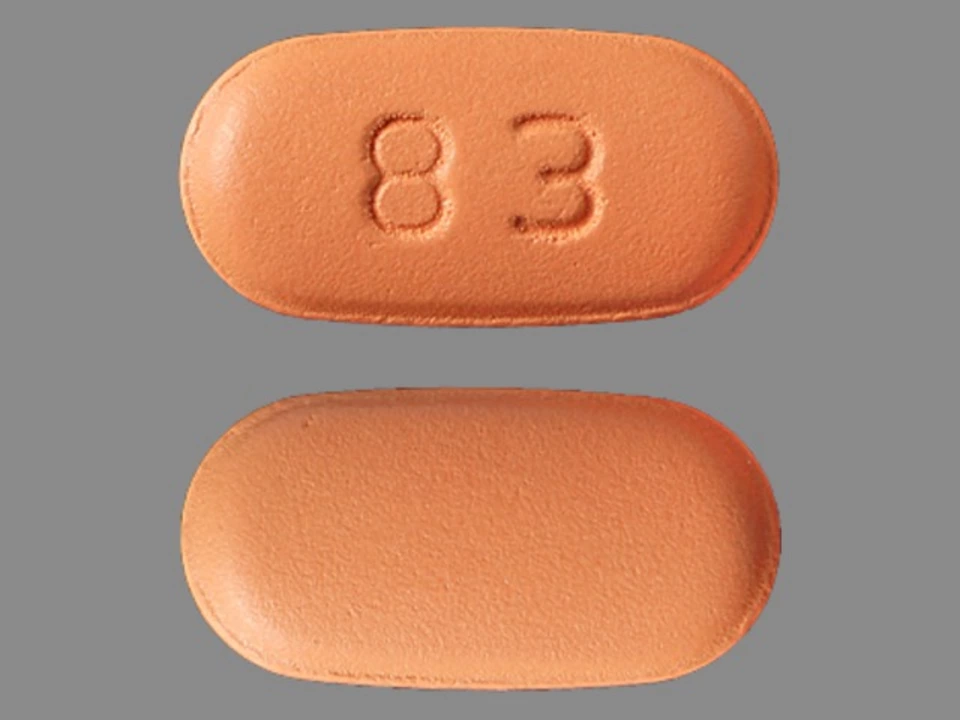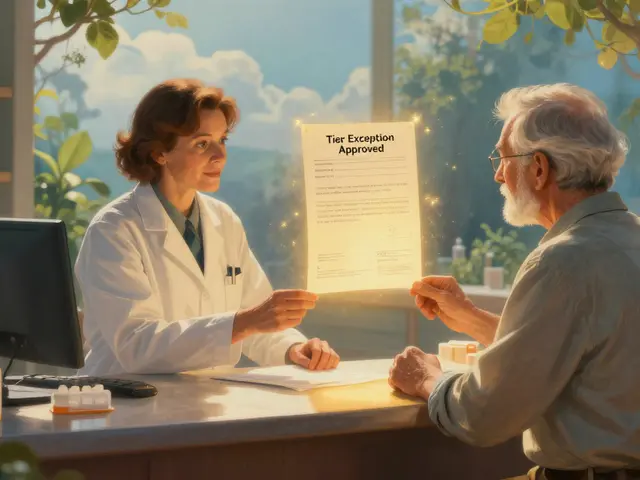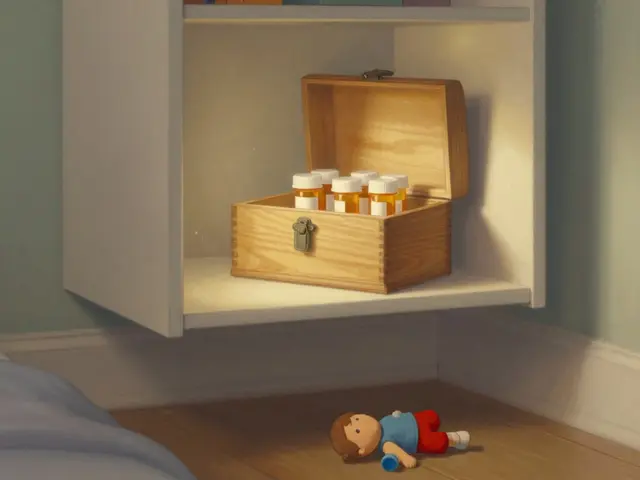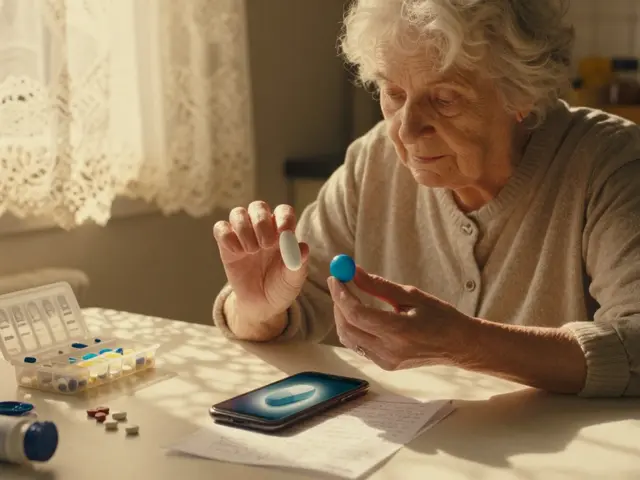Dosage: How to Read, Understand, and Manage Your Medication Dose
How much should you actually take? That short line on a prescription matters more than you think. Getting a dose right keeps the drug working and reduces side effects. This page helps you read dosing instructions, measure doses properly, and handle common dosing problems—without jargon.
Read the label like a pro
Look for how much, how often, and for how long. A prescription often says something like "500 mg twice daily for 7 days." That means take 500 milligrams every 12 hours until the 7 days are over. Over-the-counter labels may use teaspoons or milliliters—watch units. If the label uses a concentration (for example 250 mg/5 mL), you can calculate the volume: 125 mg would be 2.5 mL.
Pay attention to extra instructions: "with food," "on an empty stomach," or "avoid alcohol." Those notes change how the drug works or reduce side effects. If anything on the label confuses you, call the pharmacy. A quick question prevents mistakes.
Factors that change your dose
Age, weight, kidney or liver function, and other drugs matter. Children often get doses based on mg per kg of body weight—your child’s doctor or pharmacist should show you the math. Older adults may need lower doses because kidneys clear drugs more slowly. If you take multiple prescriptions, interactions can raise or lower effective levels—grapefruit, for example, affects some heart and cholesterol medicines. Always tell your prescriber about every pill, supplement, or herb you use.
Some meds require a loading dose (a higher first dose) then a lower maintenance dose. Others need gradual dose changes. Don’t change the amount or stop suddenly unless your doctor told you to.
Measuring matters. Use an oral syringe or dosing cup for liquids—kitchen teaspoons aren’t accurate. For tablets, follow crushing or splitting instructions from a pharmacist; not all pills can be split. If a drug is weight-based or uses unusual units (mcg vs mg), double-check before you take it.
If you miss a dose, check the label or call the pharmacy. A common rule: if it’s close to the next scheduled dose, skip the missed one—don’t double up. For critical meds (like epilepsy drugs or blood thinners), contact your clinician immediately if you miss doses often.
If you think you took too much, seek help right away. Mild side effects can become serious with higher doses. Call emergency services or a poison control center and bring the medication bottle with you.
Final tip: keep a dosing chart or set alarms until a schedule feels natural. When in doubt, ask your pharmacist or prescriber—small questions now save trouble later. Accurate dosing keeps medicines working the way they should and keeps you safer.

Radiation Therapy for Multiple Myeloma: Patient’s Complete Guide
A clear, patient‑focused guide that explains when, how, and why radiation therapy is used in multiple myeloma, covering side effects, dosing, and integration with other treatments.
Read More
Xenical (Orlistat) Guide: Uses, Dosage, Side Effects & Effectiveness
Learn what Xenical is, how to take it, common side effects, effectiveness, and how it compares to other weight‑loss options in a clear, practical guide.
Read More
Levofloxacin in Children: Safety, Dosage, and Potential Side Effects
As a parent, it's crucial to be informed about medications our children might need, and Levofloxacin is no exception. This antibiotic is typically prescribed to treat bacterial infections and has been proven safe for children, but it's essential to follow the recommended dosage for their age and weight. However, like any medication, there may be potential side effects such as nausea, diarrhea, headache, or dizziness. If any severe reactions occur, it's vital to consult a doctor immediately. Overall, Levofloxacin can be a useful treatment for our little ones, but proper care and monitoring are necessary to ensure their safety and wellbeing.
Read More




